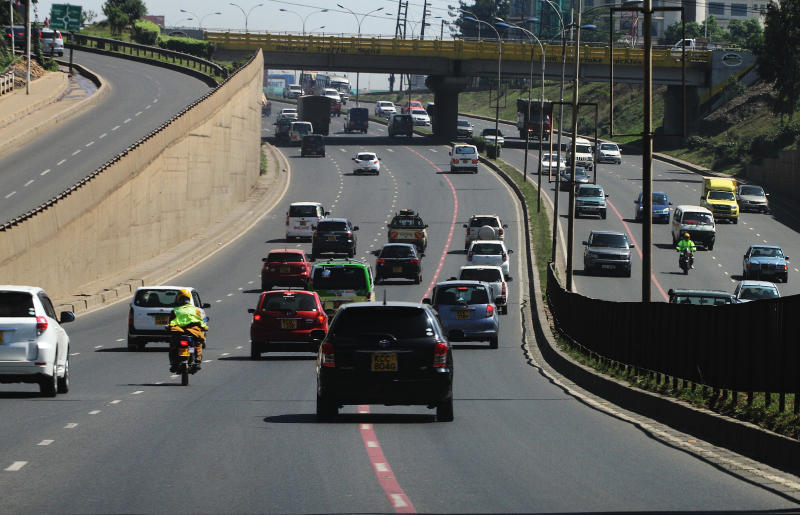×
The Standard e-Paper
Kenya’s Boldest Voice

As workers rush to beat the deadline in the construction of a railway station in the dusty neighbourhood of Mwiki, Nairobi, graders roar across the city in Umoja estate as efforts to create a Bus Rapid Transport (BRT) lane on Outer Ring Road hit high gear.
A similar pattern repeats itself behind Kenyatta National Hospital where a loop road is being constructed to join Mbagathi Way and in the far south at Karen where Lang’ata road is being expanded all the way to Ngong Road.